AdipoGen Life Sciences offers a broad range of unique and potent IL-33 research tools.
Interleukin-33 (IL-33) – A Potent Activator of Type 2 Immune Responses
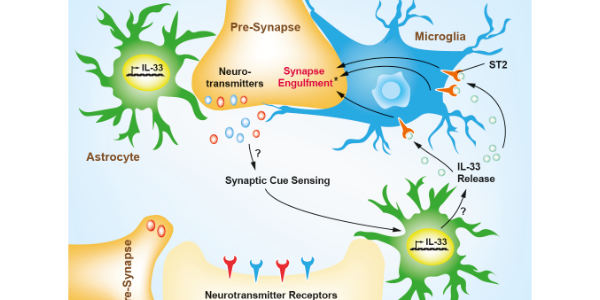

AdipoGen Life Sciences offers a broad range of unique and potent IL-33 research tools.
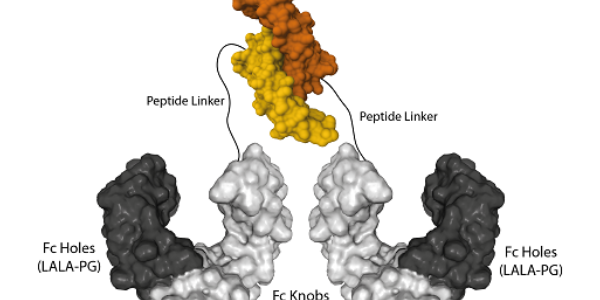
AdipoGen’s homodimeric protein Fc (LALA-PG)-KIH (human):GDF15 (mouse) (rec.) is a unique protein with long-acting high activity for in vivo studies.
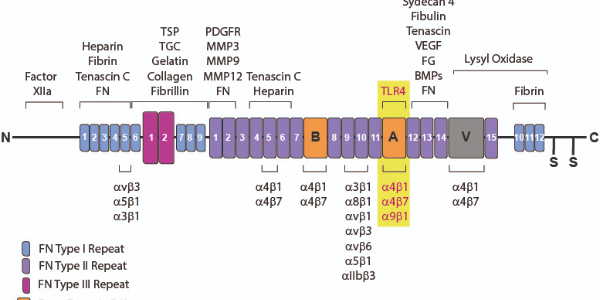
AdipoGen is a manufacturer of the antibody clone IST-9, the standard antibody to detect and study cellular Fibronectin-EDA in IHC & ICC experiments.
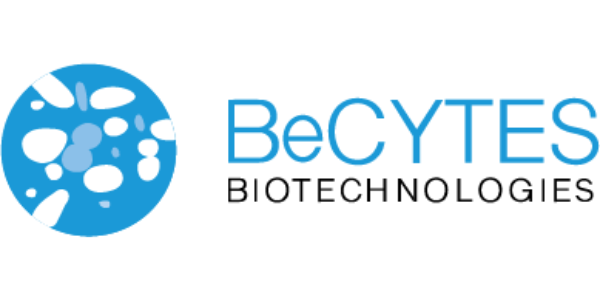
A panel of experts has revisited the concept of an organoid & introduced an intuitive classification system & terminology for describing 3D structures.
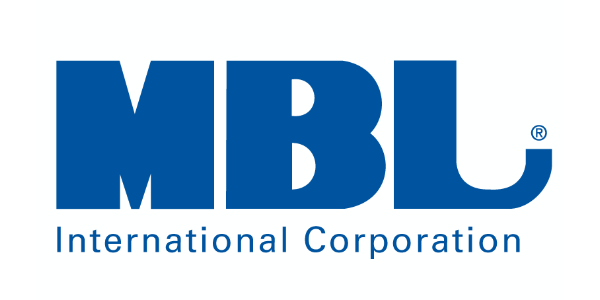
Cervical cancer is the 4th most prevalent cancer among women, and the 7th most common cancer. MBLI provides HPV-related tetramers for use in research.

MBL International offers antibodies, recombinant proteins, kits and assays to assist in the detection and analysis of different apoptotic molecules.

At ProSci, custom polyclonal antibodies are generated in various host species from customised immunogens designed by expert antibody scientists.
A comprehensive guide, helpful tips, and context to the role of ethically collected human biospecimens and corresponding metadata.

ProSci has more than 800 research-grade biosimilar antibodies in their catalogue and a team of custom antibody specialists providing expertise.

ProSci offers a suite of services to develop rabbit recombinant antibodies with a defined structure, providing highly consistent & specific antibodies.